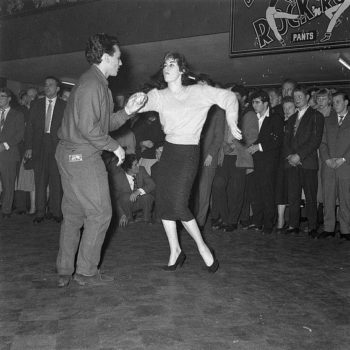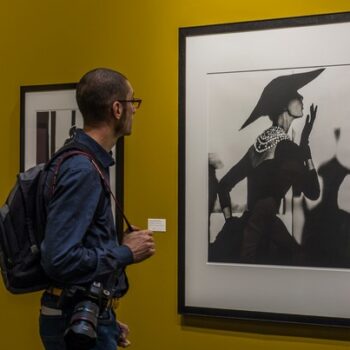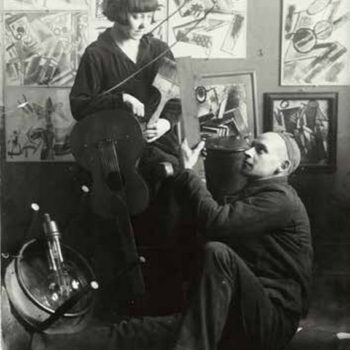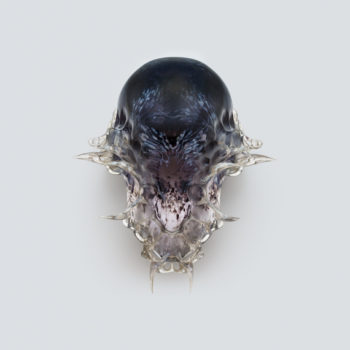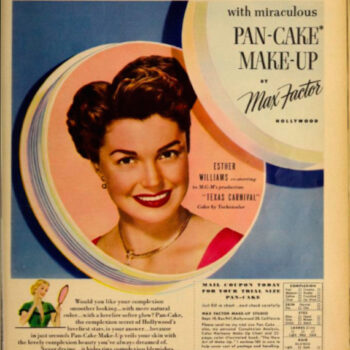Night and Day at the Fashion and Textile Museum – review
November 13, 2018The Fashion and Textile Museum’s latest exhibition is the charming and educational “ Night and Day – 1930s Fashion and Photographs”. Well put together and with plenty of frocks to marvel over, it also includes a selection of Cecil Beaton’s fashion and society photographs in a side exhibition which encapsulates the aspirational glamour of the era.
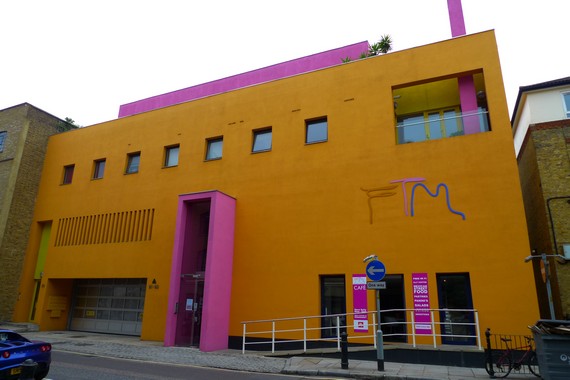
Fashion and Textile Museum.83 Bermondsey Street, SE1.
Ewan Munro from London, UK, CC BY-SA 2.0, via Wikimedia Commons
Night and Day – Social conditions in the 30s
The Night and Day exhibition opens with a general scene setting about social and economic conditions at the start of the 1930s. There is a series of short British Pathé films about things like the rise of new and convenient housing which improved working class lives immeasurably, and also information about the American stock market crash at the end of 1929 which had a huge knock on effect on Britain and Europe.
By the end of the decade, in 1939, lives would be changed forever by the Second World War.
In this room there are also a range of evening gowns from the early to late 1930s, made from sequins, lamé, velvet, satin and crepe. They illustrate the styles and motifs popular at the time: backless, ombré, bias cut and Art Deco styles are all included.
Night and Day – Magazines
Vintage magazines are always a lovely way to get an idea about times past and while you can’t sit and flick through the framed selection at the exhibition, the covers give you an idea of the sort of themes editors thought women would be interested in. Because of new printing techniques magazines had become cheaper by the 30s so by then there were a wide choice of titles aimed at women, from Vogue on the higher end to Women’s Own for younger, more working class consumers.
Night and Day – The City
This section deals with the allure of shopping and the cinema. Under the influence of America, shops became even more enticing and department stores more widespread, leading to the encouragement of window shopping and browsing without feeling nervous that you should feel obliged to buy something.
Cinema was really coming into its own and the idols of the big screen affected the fashions of the day. At Night and Day there is a display of portraits of the popular film stars, including Anna May Wong and of course, Marlene Dietrich. Their hair, makeup and clothing, both on and off screen, was widely copied.
The room features beautiful examples of evening wear and the hats, gloves, jewellery and accessories that went with them. Day time tea dances as well as night clubs for evening were a popular way to spend time.
Away from the all the fun
The Night and Day exhibition also details the way that people spent their time away from fun things like cinema and tea dances. Many women were home makers, but a third of women worked outside the home. They were paid less than men though, and mainly worked in traditionally “female” occupations like child care, shop work and sewing.
Even women who worked were generally expected to come home and do the cooking and cleaning for their husbands. Towards the end of the decade labour saving devices were becoming more common, making things a bit easier for women.
The Night and Day exhibition shows typical dresses for the home and for going to work in a job such as the typing pool.
Mass Observation
One thing the information panels often mention is Mass Observation. This was a government initiative where private individuals were asked to keep diaries of their day to day actions and expenditures which were then submitted to government officials and analysed to find out what the populace was thinking, doing and spending. Far from being a dry record of facts and figures the entries often make moving reading, especially when the country went to war and entries start to record how everyday people coped with it, in ways both small and large.
Press Pictures
As a counterpoint to the film star shots, a wall of press pictures shows some more realistic images of people and events from the 30s. Not all of these are mundane however – a picture of The wedding of Prince Monolulu to Miss Nellie Adkins makes one look twice, and images of people marvelling over refrigerators and gramophones could not be more of their time.
Night and Day – Wedding outfits
Princess Elizabeth (Now Queen Elizabeth) was married on 12th May 1937. It was a special occasion for the nation and million listened to the ceremony on the radio. There were street decorations, parties and special outfits were worn.
Cecil Beaton
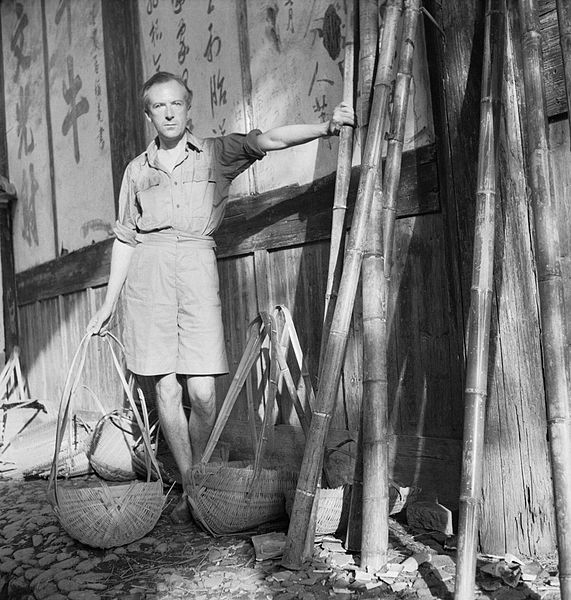
Cecil Beaton.
Public domain, via Wikimedia Commons
Cecil Beaton was an absolute favourite photographer of the period. This exhibition-within-an-exhibition at Night and Day, titled “Thirty From the 30s: Fashion, Film and Fantasy”, has some of his most famous images. Here is Coco Chanel, with her cigarette and direct gaze, and Elsa Schiaparelli too. Elsie de Wolf is in bed, but not en dishabille: she is upright and composed. Look, it’s Gary Cooper, here’s Marlene Dietrich again. There are young society beauties and models, too. Oh yes, and Queen Elizabeth The Queen Mother, in her beautiful youth.
Beaton had the knack of making everyone look glamorous, with his soft focus and liberal re-touching. The re-touching process is shown with his characteristically titled “From Charwoman to Dowager” series. I sincerely hope the model, whoever she was, didn’t see the title. It illustrates the physical painting-out of lines on the face and lopping off of several inches of the body to make his model younger and thinner. No wonder everyone looked like a movie star under his lens.
Night and Day – an informative look at a forgotten era
Night and Day is a lovely, informative whip around an era that is too often forgotten, overshadowed by the more outwardly exciting 1920s and 1960s. This exhibition proves that lovely dresses weren’t confined to flappers and dolly birds.



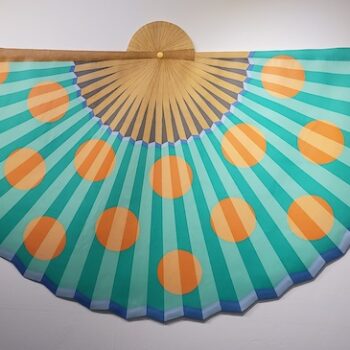

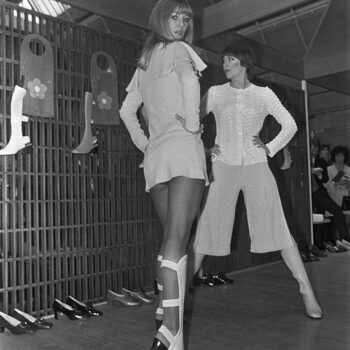
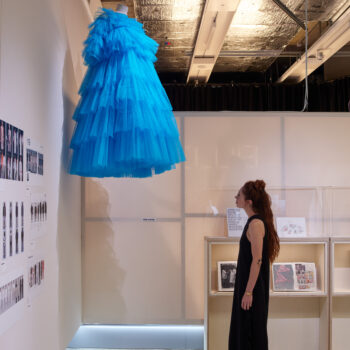
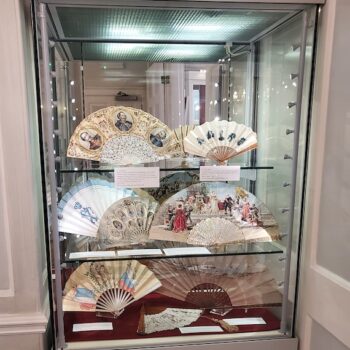
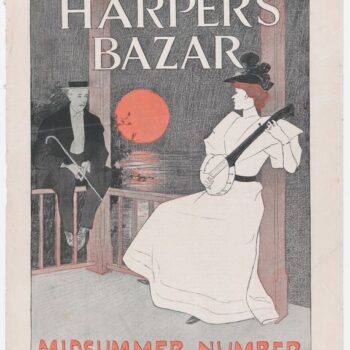
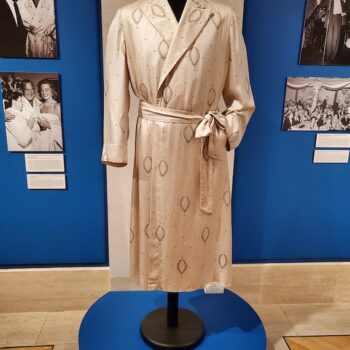
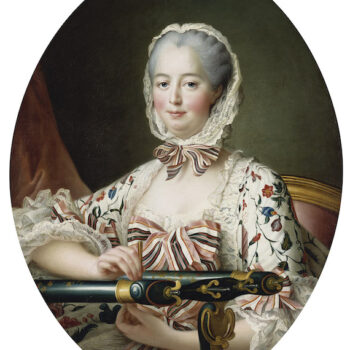
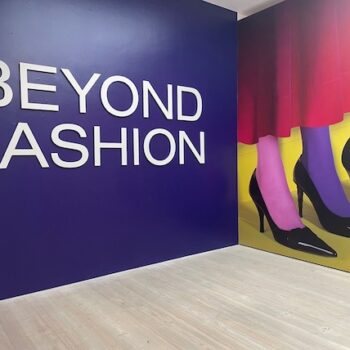
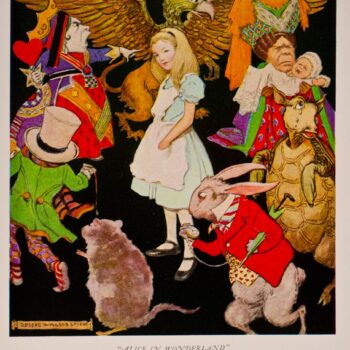
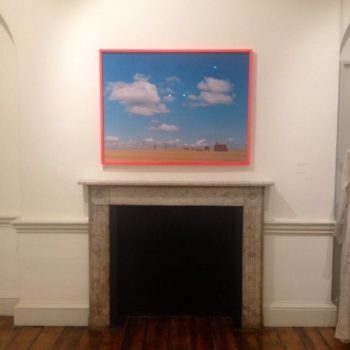
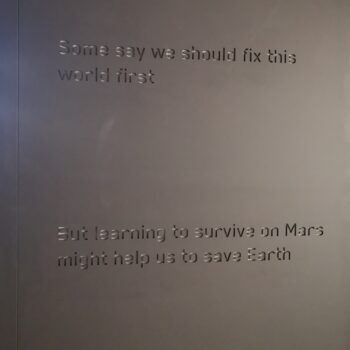
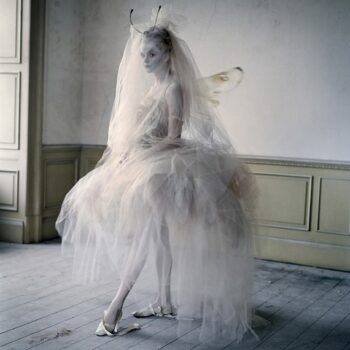
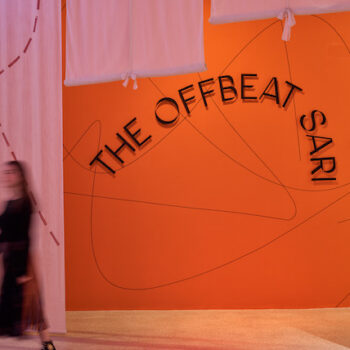
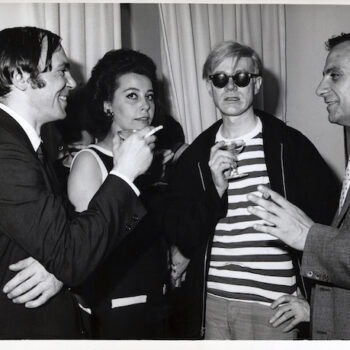
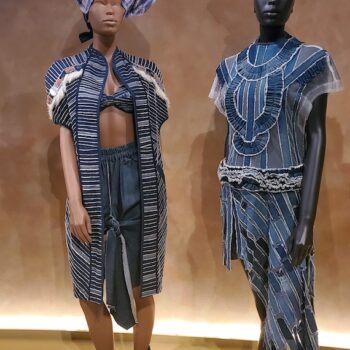
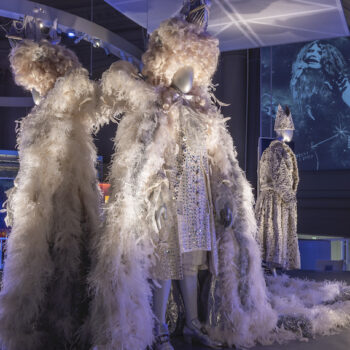
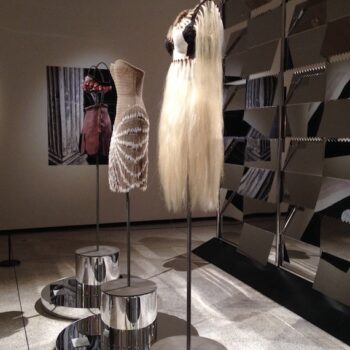
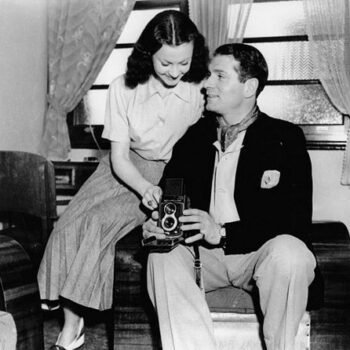
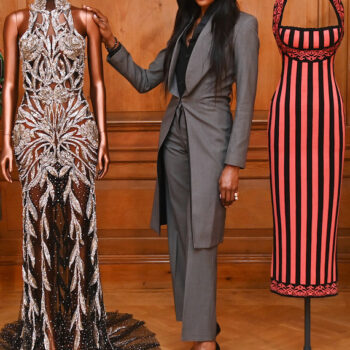
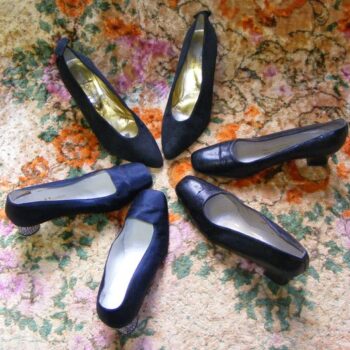
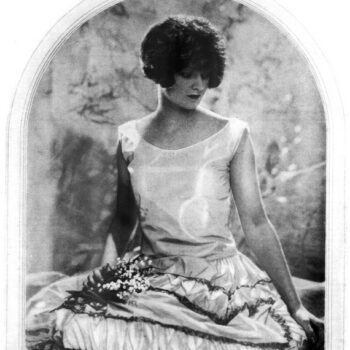
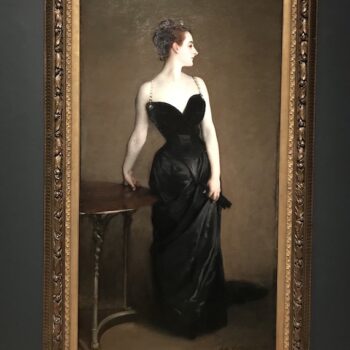
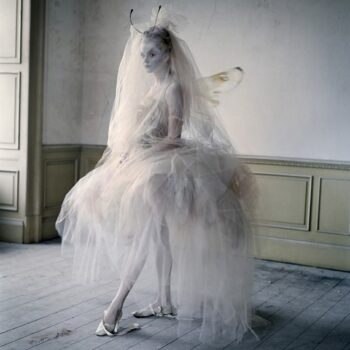
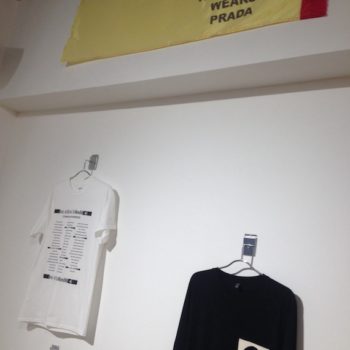
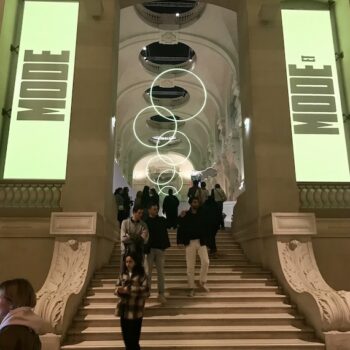
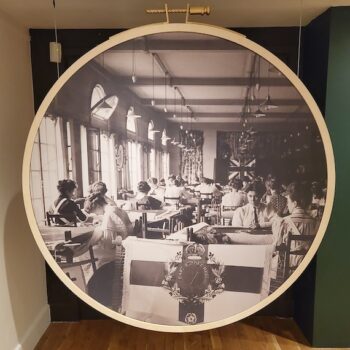
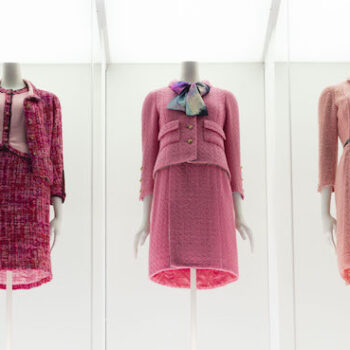
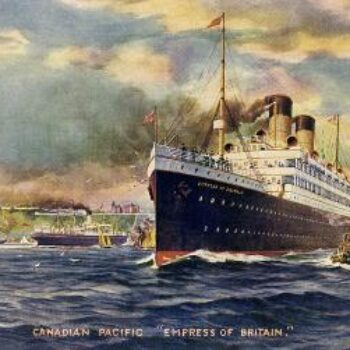
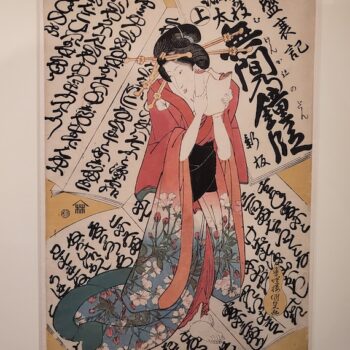
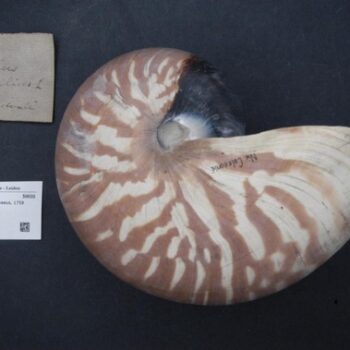
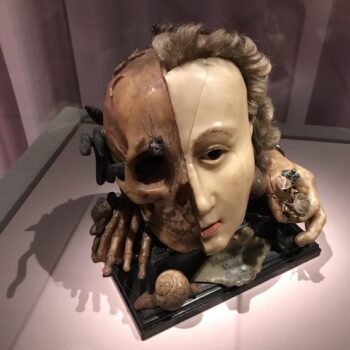
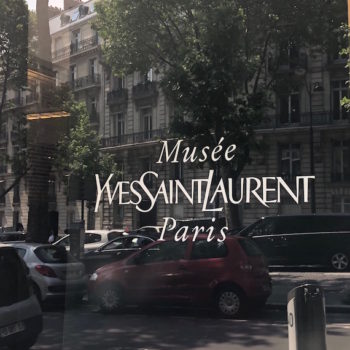

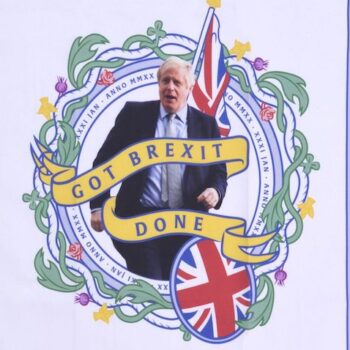
![fashion style icons.Audrey_Hepburn.(https://creativecommons.org/licenses/by-sa/4.0)], via Wikimedia Commons](https://www.blue17.co.uk/wp-content/uploads/2017/04/570px-Audrey_Hepburn_auf_dem_Bürgenstock_09-350x350.jpg)

